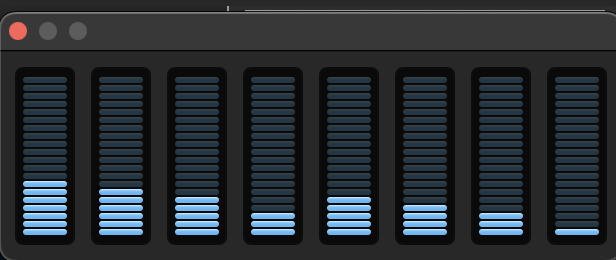Well, if you're skipping Apple Silicon macs, you might as well give up. We're highly unlikely to ever see anything other than custom cores again.That is a very good suggestion but...
1. I am considering a 16+ inch laptop that has no fan noise, no backlight bleed and no IPS glow. Too bad after waiting for several years, there seems to be no such Windows laptop.
2. In the Intel Mac era, in addition to Windows and Linux, I also developed things under MacOS. Right now those files are scattered across different drives. I don't feel comfortable with that and feel kind of missing something. I would like to consolidate all those files developed in the Intel Mac era in one machine.
3. Recently I fancy the idea of using a Mac with external storage as an ad hoc SMB file server and NAS. Is it better to do it under Mac OS rather than Windows?
Basically the following two posts summarize my dissatisfactions with Apple's direction under TC and Silicon Macs:

5 Things We Hate About Apple Silicon Macs
While the media is quick to praise Apple silicon Macs for their performance and efficiency, there are some things we really hate about them.www.makeuseof.com
Under ‘It’s a closed Hardware platform’ of

Two reasons why I am skipping Apple Silicon Macs
And why you should think twice before buying Apple hardwaremedium.com
I am also unhappy with Apple intentionally slowing down the SSD of base models of M2 MACs.
The slowdown is an artifact of higher density chips, which help keep the cost down (that's relative to apple of course, which is overpriced). In practical terms for most users on the lower end machines, they're unlikely to see an impact in real-world usage. And you can avoid it by increasing storage so you have dual chips again.
As for file storage, just buy a NAS.
Apple has always been a walled garden - the intel/bootcamp era is the exception not the rule.


